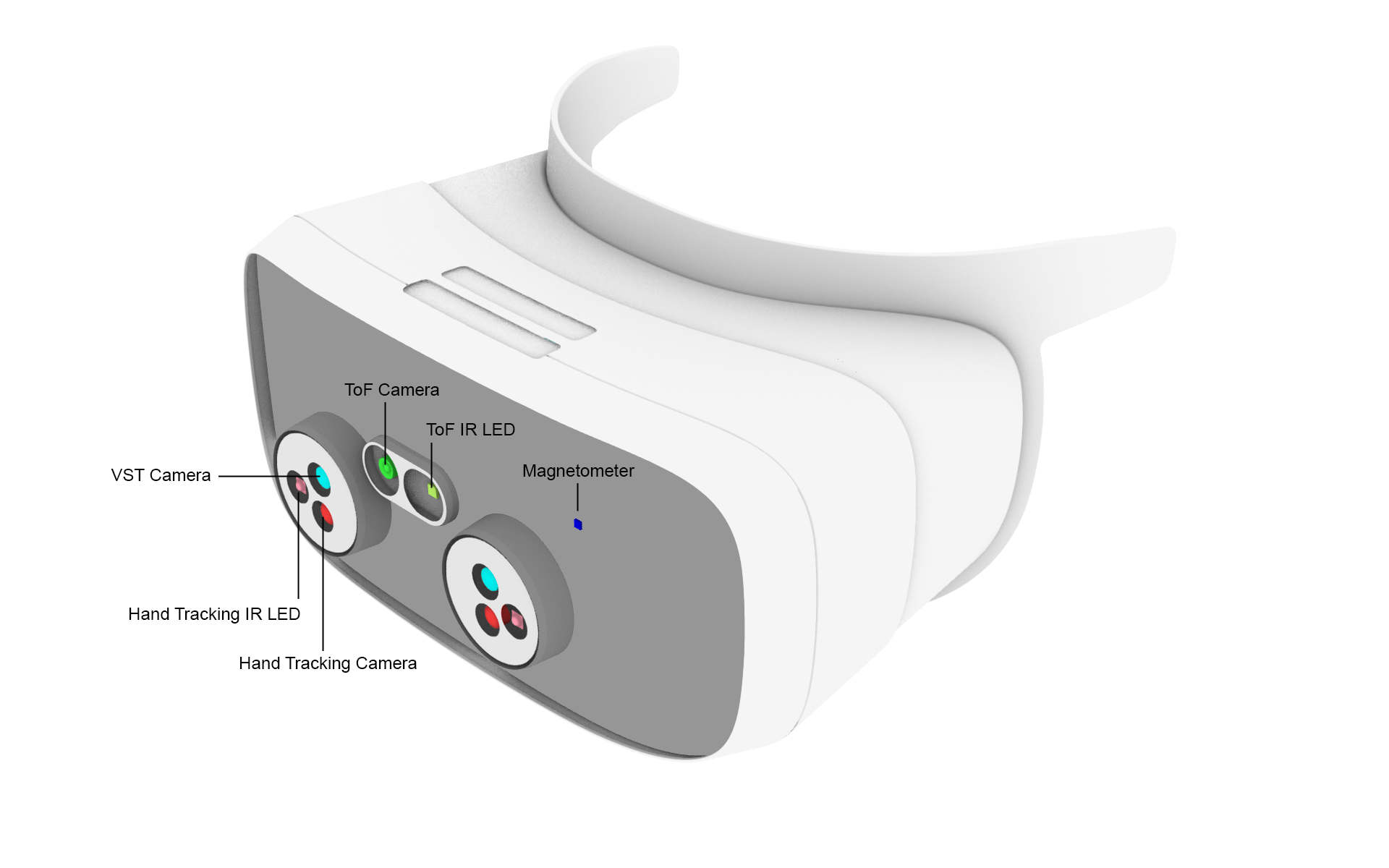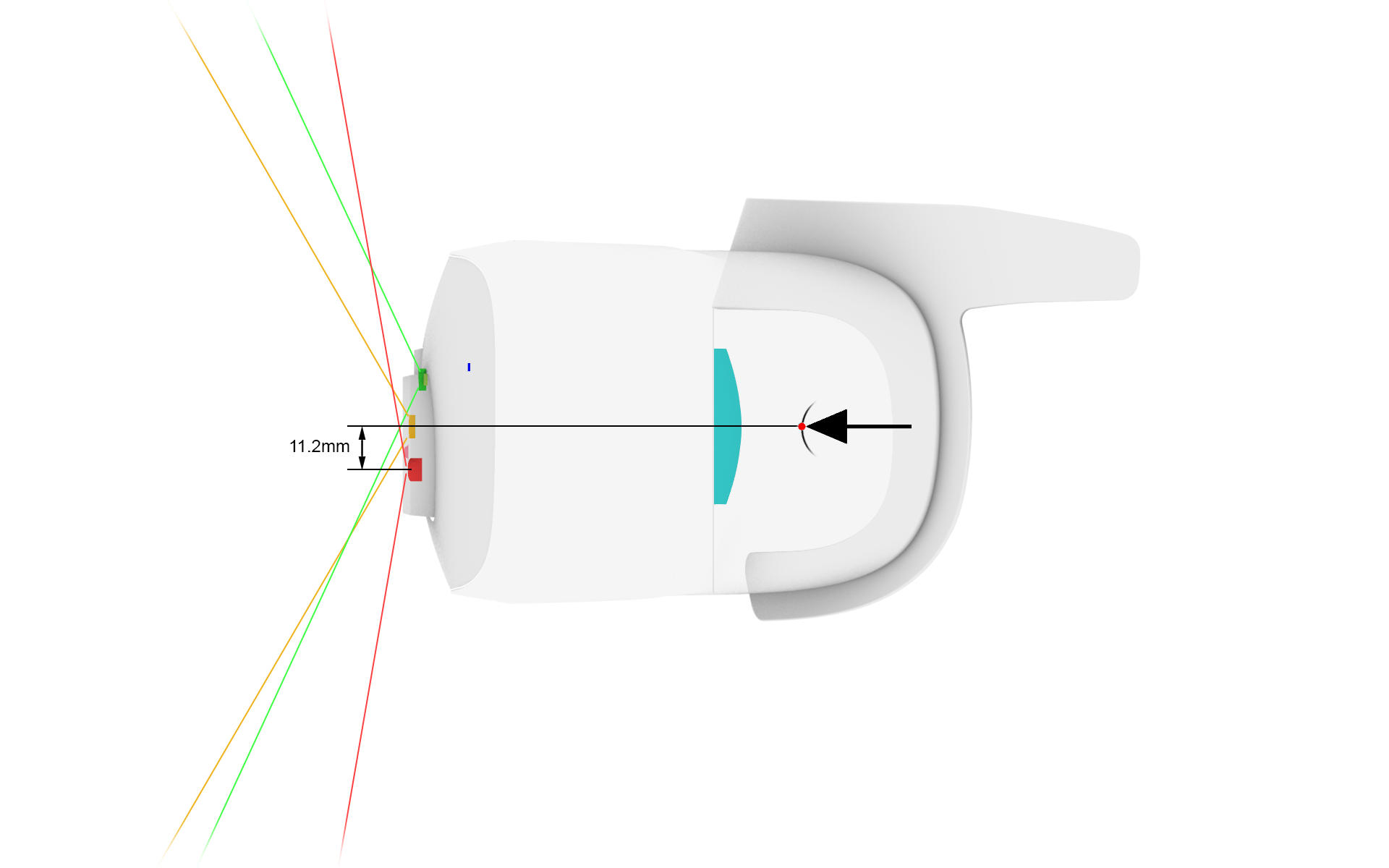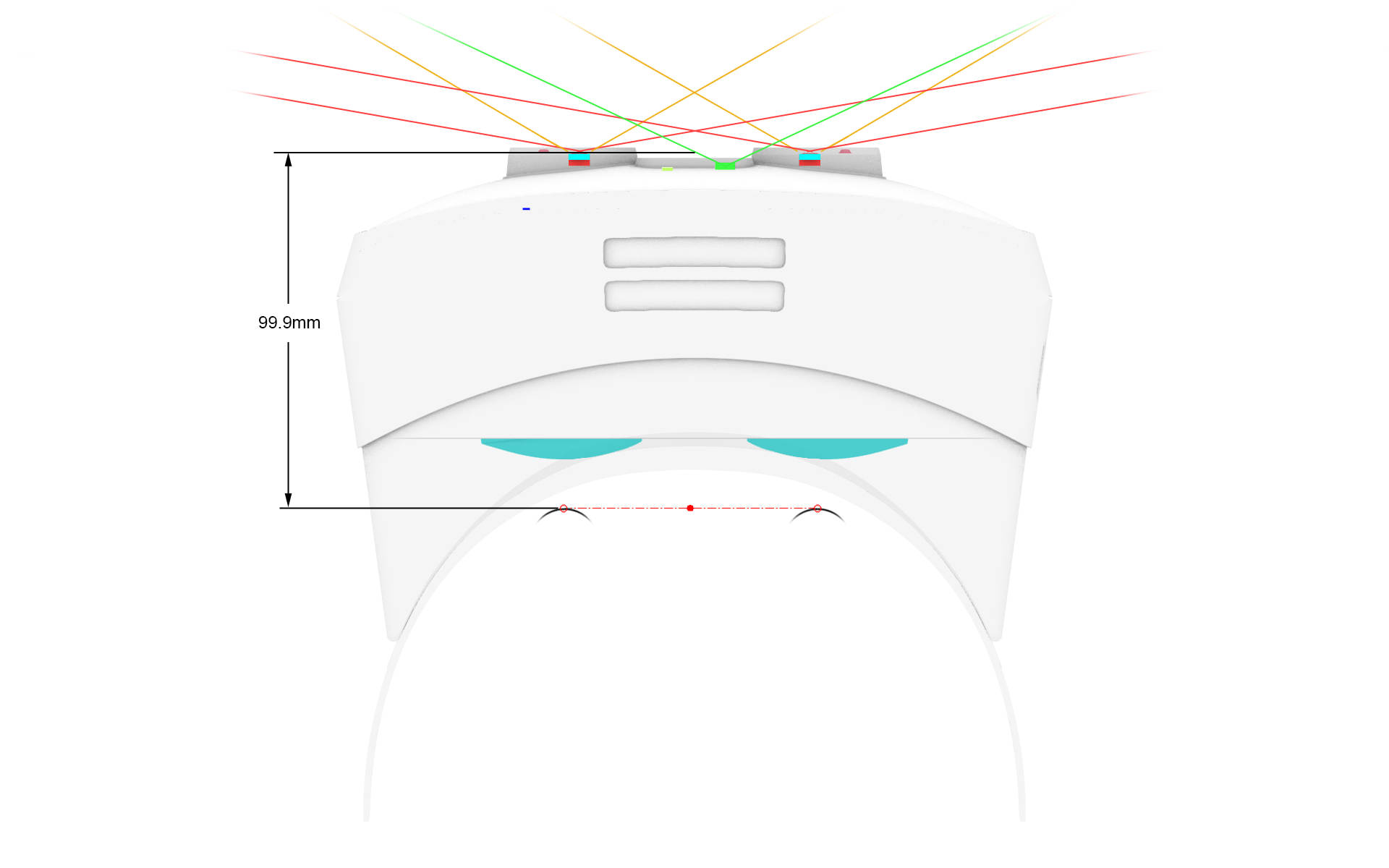Hand Tracking
Hand tracking lets you reach into the virtual world with your hands and without using a physical controller. Gestures such as pinching, grabbing, and interacting with objects allow for a new level of immersion in your applications.
Varjo has two hand tracking modes to choose from.The mode can be changed from Varjo Base.
See the platform-specific documentation for hand tracking:
- Native hand tracking (Ultraleap only)
- OpenXR hand tracking
- Unity hand tracking (Ultraleap recommended)
- Unreal hand tracking
Varjo hand tracking
Varjo hand tracking uses the headset’s video pass-through cameras. The feature works on Varjo XR-4 Series headsets.
Varjo hand tracking does not require any additional installations or SDKs when using or developing as the feature uses standard OpenXR hand tracking. Varjo native SDK is not available.
Ultraleap hand tracking
Note: Ultraleap Gemini software should not be installed.
Ultraleap provides optional hand tracking for Varjo. Varjo XR-4 has an external hand tracking module addon. In Varjo XR-3 and VR-3 headsets the Ultraleap hand tracking module is integrated to the headset.
With XR-3 and VR-3, or with XR-4 with Ultraleap hand tracking module, hand tracking is enabled by default and no additional software is required. If you have previously used standalone Ultraleap sensor, please uninstall its drivers as Varjo Base comes with necessary drivers for the sensors.
Refer to Ultraleap’s documentation for up-to-date guides on integration.
We also recommend that you get acquainted with Ultraleap’s XR design guidelines before you start to work on hand tracking interactions. The guidelines provide valuable information for using hand tracking successfully in your project.
Ultraleap hand tracking offset
When you start to develop with hand tracking for VR-3 or XR-3, make sure to define an offset for the hand position. This is necessary because the head tracking point for your headset differs from the hand tracking point for Ultraleap. XR-4 does not require an offset. Use an offset of 0,0,0 for XR-4.



Use the following offset (X = right, Y = up, Z = forward, you may need to use a different scale and coordinate system depending on your engine of choice):
Y: -0.0112 m
Z: 0.0999 m
X tilt: 0°